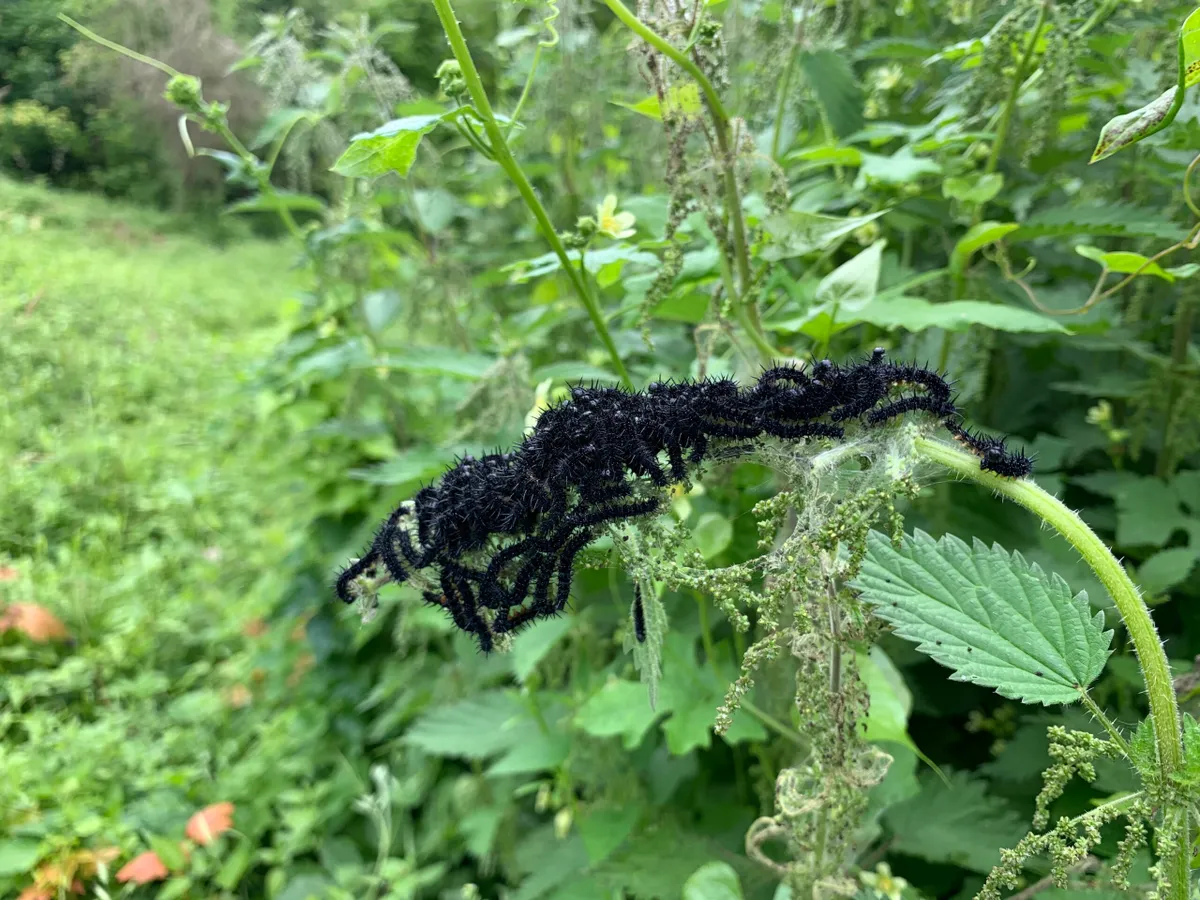In a study recently published in Ecology and Evolution, researchers examined the thermoregulation abilities of adult and larval butterflies and moths across 14 species, to better understand how they may be affected by extreme heatwave temperatures caused by climate change.
“When I started digging into our current understanding, I found that the majority of our knowledge on butterflies comes from the adult life stage, with relatively little known about caterpillars,” explains Dr Esme Ashe-Jepson, lead author on the paper and an entomologist in the University of Cambridge’s Department of Zoology.
“This concerned me, as we know that the different life stages of insects can respond to environment change in different ways.”

The study compared the efficiency of the two different life stages in thermoregulating, as well as how each stage thermoregulated – either relying on the warmth of the sun, or independently changing posture or respiration.
In both cases, it was found that the caterpillars were much more restricted in their abilities, leaving them more vulnerable and likely to die during heatwaves. In addition, larger larvae were better thermoregulating than smaller ones.
“Should a heatwave occur at the time of year a butterfly is a caterpillar, it may have a much stronger negative impact than if it were to occur when they were adults,” adds Ashe-Jepson. She explains that creating microclimates around caterpillar foodplants will help: “This can be as simple as planting a tree or allowing some grass to grow tall to provide some shade.”
Dr Nigel Bourn, Chief Scientist at Butterfly Conservation, who was not involved in the study, comments, “It’s more important than ever that we understand as much as possible about how our butterflies and moths cope with temperature at all stages of their lifecycle.”
- How to identify 12 common British caterpillars
- What is the world's biggest moth?
- Butterfly vs moth: what's the difference?
The paper was publish in Ecology and Evolution. Main image credit: Dr Esme Ashe-Jepson
